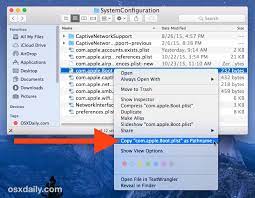What Is DLC in Gaming and How Does It Work?
Downloadable content, or DLC as it is commonly known, has become a staple part of the gaming industry since the early 2000s. In essence, DLC is a way for game developers and publishers to offer additional content to a game that has already been released. This content can come in various forms, such as new levels, maps, characters, weapons, storylines and other add-ons that can enhance the gaming experience and keep players engaged long after the game’s initial release.
There are several ways that DLC can work. The most common is through the use of digital distribution, allowing players to purchase and download the additional content directly from digital storefronts like Steam, PlayStation Network, and Xbox Live. In some cases, physical copies of games may also include a code for DLC that can be redeemed through digital platforms.
DLC can also come in different forms, such as paid and free content. Paid DLC is usually more substantial than free downloads, as it often includes new levels, storylines, characters, and equipment. In contrast, free DLC usually consists of small patches, bug fixes, or cosmetic items that don’t significantly affect the gameplay.
Another type of DLC is Season Passes, which offer players early access to all the upcoming DLC releases for a particular game. These passes allow players to save on the total cost of purchasing each expansion separately and provide exclusive access to new content as soon as it is available. Season passes are usually available before or shortly after the game’s release and are a popular way to keep players engaged in the long term.
DLC can also be used to cater to a game’s community of players. For instance, some games allow players to create and share their own content with others. This user-generated content can then be shared in the form of mods, custom maps, and other player-generated content, giving the game a new lease of life.
Finally, DLC can help games to stay relevant in the market, as developers can continue to release new content that keeps players interested and engaged. This can help to extend the life of the game and retain its player base, which can be crucial for multiplayer games and games with service-based models.
In conclusion, DLC has become an integral part of the gaming industry, offering a convenient and exciting way for developers to provide new content and keep players engaged long after the game’s release. With the growth of digital platforms and the increasing number of gamers worldwide, DLC is expected to remain an essential part of gaming for the foreseeable future.






